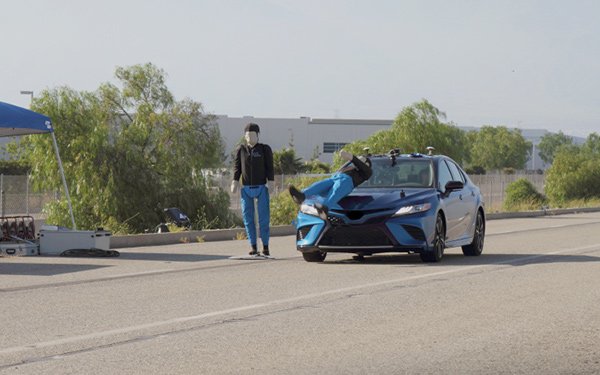
As
cars become more connected and arrive with increasingly sophisticated technology to assist the driver, two issues are arising.
The two pressing issues are how well the technology actually
works and how much to trust in the technology.
One of the most notable features in newer cars is automatic braking functionality intended to quickly detect a pedestrian to prevent an
accident.
It turns out that automatic emergency braking systems with pedestrian detection don’t always work so well, according to a new study by AAA.
In the tests, at 30 miles an
hour, none of the test vehicles avoided a collision with pedestrians.
“When encountering a child darting from between two cars, with the vehicle traveling at 20 miles per hour, a
collision occurred 89% of the time,” states the report.
advertisement
advertisement
Immediately following a right turn, all test vehicles collided with the adult pedestrian in the test.
The test used four
vehicles: a 2019 Chevy Malibu, 2019 Honda Accord, 2019 Tesla Model 3 and 2019 Toyota Camry.
In daylight, the car traveling at 20 miles an hour avoided a collision with the pedestrian 40% of
the time.
At night, none of the systems detected the adult pedestrian.
A driver in a car with automatic braking capabilities is in charge. Not the technology.